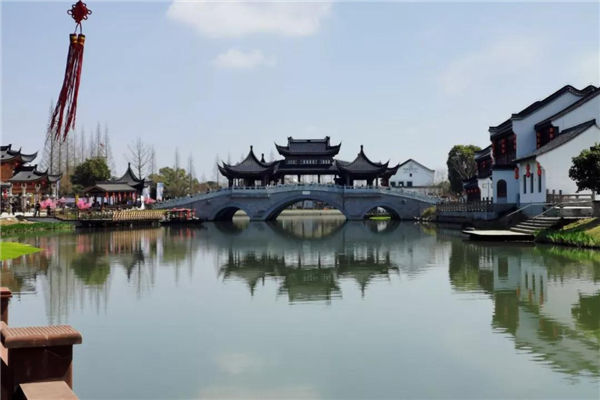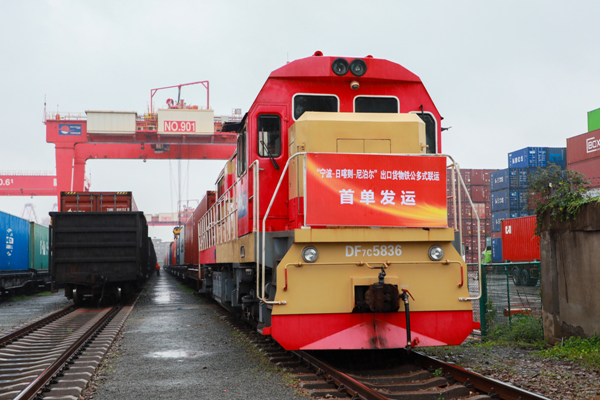Ningbo makes strides in common prosperity
The income ratio between urban and rural residents in Ningbo, East China's Zhejiang province stood at 1.72 in 2021, the 17th consecutive year the city's urban-rural income gap has narrowed.
The per capita disposable income of the city's urban residents rose to 73,869 yuan ($11,364.5), while the figure for rural residents was 42,946 yuan, official statistics show.
By the end of last year, all its administrative villages had seen their annual operating revenue surpass 150,000 yuan.
The local government allocated a special fund worth over 70 billion yuan to pursue common prosperity in 2021.
In addition, local private enterprises including Shenzhou International Holdings Ltd and Geely Holding Group have taken the initiative to get involved in the campaign by enabling employees to receive more dividends from the companies' development.
In the past 10 years, the salary of employees at Shenzhou grew at an average pace of 10 percent, with the turnover rate falling to 3 percent.
According to the action plan aimed at making Ningbo a pioneer in the provincial campaign to achieve common prosperity during the 14th Five-Year Plan (2021-25) period, the city will facilitate in-depth systematic reform in fields including social security, finance, land and transfer payment. It will also ensure that labor remuneration grows in tandem with labor productivity.
In addition, efforts will be made to increase the scale of middle-income groups and lift its per capita GDP to the level of moderately developed economies.
By 2025, the development gap between its urban and rural areas will be further narrowed, with the ratio of per capita GDP and per capita disposable income between urban and rural residents decreasing to 2.32 and 1.36 respectively.

 China makes outstanding contributions to global energy transition
China makes outstanding contributions to global energy transition  Ningbo village inspires Malawi official
Ningbo village inspires Malawi official  A look at China's economic data in the first three quarters of 2024
A look at China's economic data in the first three quarters of 2024 


